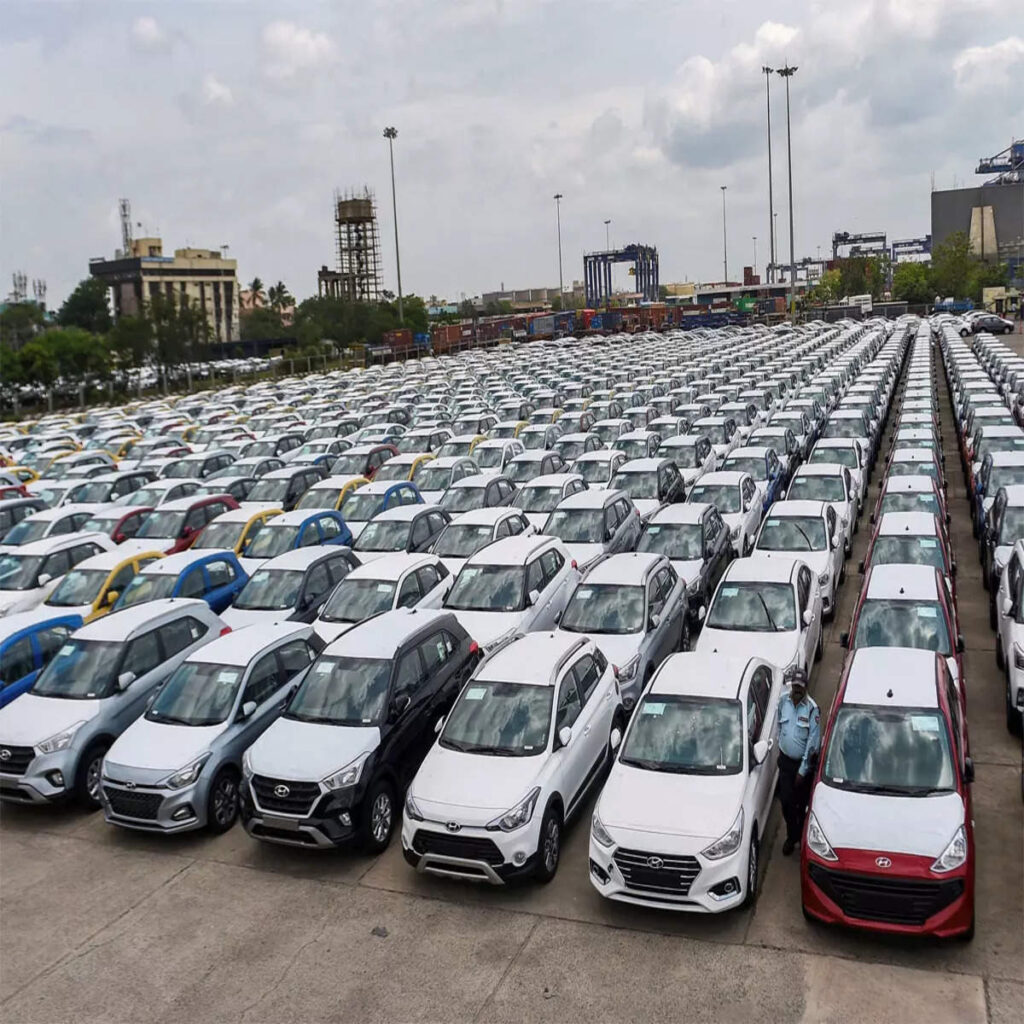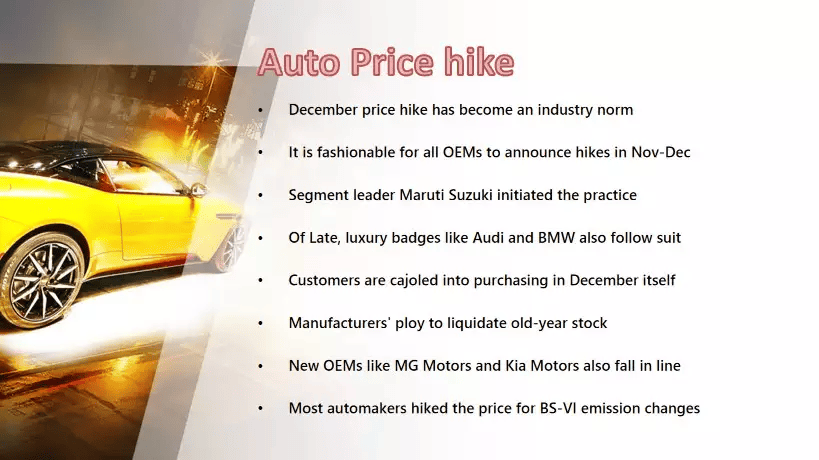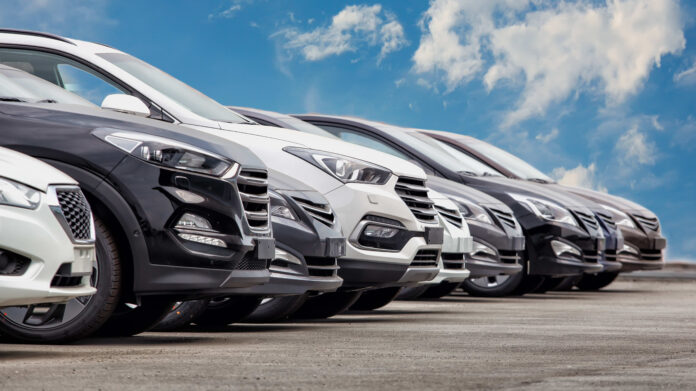A recent hack on CDK Global, a major software supplier for car dealerships across the US and Canada, caused extensive system disruptions, posing a serious threat to the automobile sector in an already precarious economic environment. Many are questioning why, in spite of an apparent increase in inventory, new car prices are stubbornly high in the wake of this attack. We must examine the many variables involved in order to comprehend this puzzle.

Impact of the Cyberattack on New cars
The automobile sector was rocked by the hack on CDK Global, which completely disrupted dealership operations. The solutions provided by CDK Global are essential for daily company operations, since they are the main supplier of software for several dealerships. It was like sending the industry back to the Stone Age when these systems fell down. Dealerships discovered that they were unable to execute loans, update their websites, or even provide prospective consumers correct price information.
CoPilot’s creator and CEO, Pat Ryan, explained that dealerships were compelled to function without their “systems of record.” Their activities were seriously hampered by this disturbance, which had a domino effect on their capacity to conduct business. Due to the incapacity to effectively process loans and update price information, dealers and consumers were left in a state of uncertainty.
Also Read :- Tesla Suppliers Invited by Indian States to Attract EV 2024
High Inventory and High Prices
Contrary to what one might anticipate, prices have not decreased since there has been a rise in the supply of new cars. New automobile costs are still far higher than they were prior to the epidemic, even with the increased inventory levels. This circumstance appears to be contradictory for a few reasons.
First and primarily, since the epidemic, automobile costs have structurally increased. For many customers who haven’t bought a car in a number of years, sticker shock is a result of prices that are still over 30% higher than they were before to COVID-19. The fact that most automobiles are purchased with loans adds to this notable price increase. New automobiles are now even more costly as financing them has become more expensive along with the rise in interest rates.
Consumer Pressures and Market Dynamics
For those who are purchasing cars, a perfect storm of exorbitant pricing and escalating loan rates has been formed. Approximately 80% of automobiles are bought with finance, according to Ryan. It gets harder for consumers to buy new cars when the automobile price is high and the interest rate is high as well. if a result, even if inventory levels rise, many prospective buyers are priced out of the market.
In addition, the market was already slowing down prior to the incident. Higher operating expenses and decreased customer spending were putting pressure on dealers. These problems were made worse by the hack, which made it harder for dealerships to run efficiently. This confluence of variables has maintained the high cost of new cars.
Function of Rewards and Trade-Ins
Moving inventory and lowering pricing have historically been greatly aided by manufacturer incentives. Recent patterns, however, indicate that automakers are being cautious when providing these incentives. June’s average incentive was $3,100, which is less than previous months’ average incentives. The producers’ cautious stance is one factor keeping costs high.
Prices of new cars are also influenced by trade-in values. Due to a scarcity of inventory, trade-in values have remained high, which raises the total cost of buying a new automobile. Because of the high trade-in prices and few incentives in this situation, there are still benefits to trading in an old automobile, but the total cost of a new car stays high.

Prospects for New Car Prices in the Future
In the future, a number of factors may affect whether the cost of new cars may finally decline. In order to combat inflation, the Federal Reserve raised interest rates, which has made it more difficult for customers to purchase new automobiles when applying for loans. However, automobile purchasers may see some respite if loan rates level out or perhaps decline in the second half of 2024.
For the time being, buyers of cars need to be adaptable and watchful. If they’re open to considering other models or brands, they might be able to locate better discounts even if they might not be for the exact automobile they were hoping for. On some models, dealerships are starting to offer 0% financing rates; if the market changes, there may be more of these offers.

Conclusion
In conclusion, a number of issues, including as the recent hack on CDK Global, structural price hikes, high financing costs, and cautious incentive programmes by manufacturers, can be blamed for the high pricing of new automobiles even when inventory levels have improved. Even though it’s a difficult position for dealerships and customers alike, knowing these characteristics might make it easier for automobile purchasers to negotiate the market.
Disclaimer: The information provided in this article is based on publicly available sources and may not be 100% accurate.

